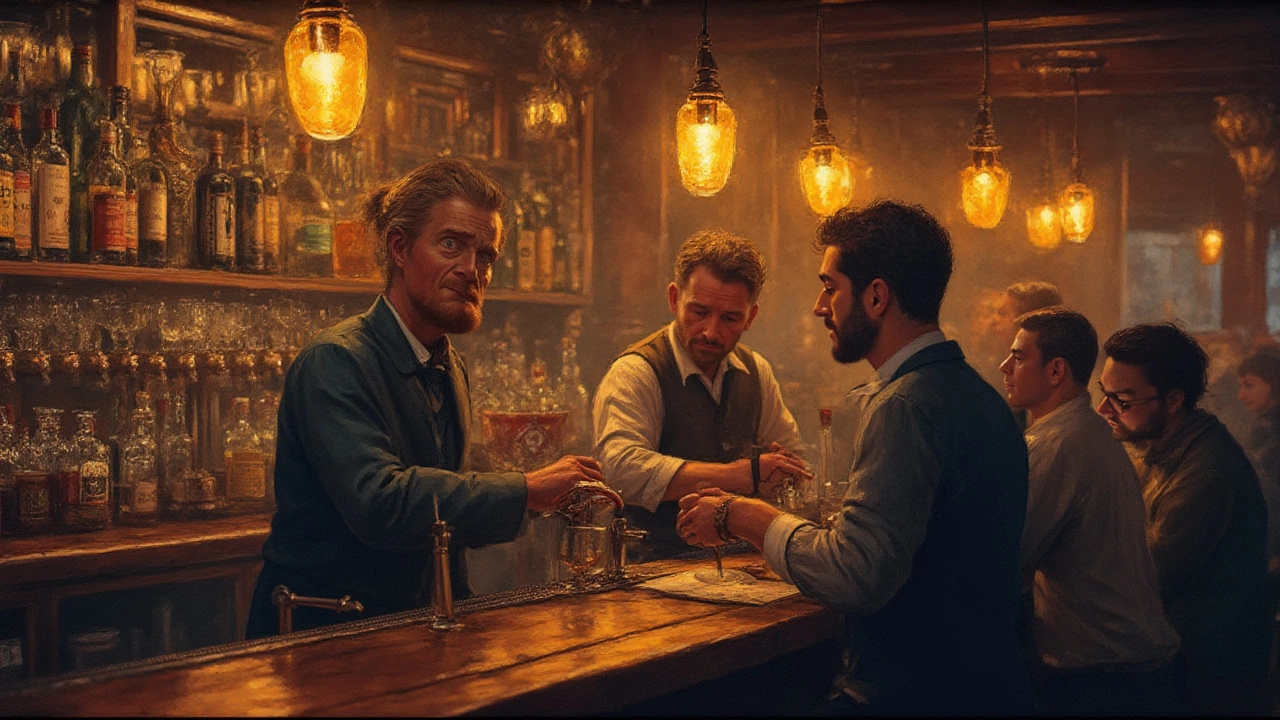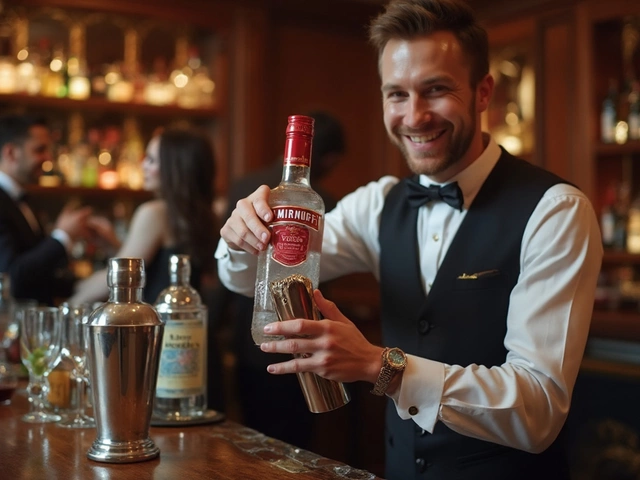Annoying Bar Orders – Why Some Requests Make Bartenders Cringe
Ever watched a bartender roll their eyes when someone asks for a “half‑water, half‑cola cocktail” or a “wine on the rocks”? Those moments are more common than you think, and they waste time for both the staff and the other guests. On this page we break down the orders that tend to cause headaches, explain why they’re a problem, and give both bartenders and customers simple ways to keep the bar running smoothly.
Top 5 Annoying Orders You’ll Hear Behind the Bar
1. “Can I have a cocktail that tastes like…?” – When a guest tries to describe a flavor that doesn’t exist, the bartender has to guess, adjust, and often end up with a drink nobody wanted.
2. “I want a cheap wine but it has to be aged.” – Cheap wines rarely have any aging, and the request forces the bartender to sift through the shelf for a bottle that doesn’t fit the price point.
3. “Give me a mocktail that’s stronger than a gin & tonic.” – Mocktails are meant to be non‑alcoholic. Asking for extra “kick” leads to adding too much sugar or caffeine, which can backfire.
4. “Can I have a drink that looks like a…?” – Novelty presentations are fun, but they require extra glassware, garnishes, and prep time. If the bar is busy, the order slows everything down.
5. “I’ll have whatever you think is best, but no ice.” – The “surprise me” request is fine, yet banning ice without a reason can ruin the balance of a drink that needs it to stay fresh.
Why These Orders Cause Trouble
Bar staff operate on a rhythm. Every extra step—extra garnish, special glass, custom mix—breaks that flow. When one guest throws a curveball, the whole line can back up. It also makes inventory tracking harder; bartenders can’t predict what they’ll need for the night.
Beyond speed, there’s a cost factor. Specialty requests often mean using premium ingredients that aren’t covered by the price the customer expects. This can lead to awkward conversations about “extra charges,” which nobody wants.
How Bartenders Can Tame the Chaos
First, set clear menu expectations. A well‑written drink list with descriptions reduces vague “I want something like that” orders. Second, use polite but firm language: “I’m happy to suggest a light‑rum cocktail, but it will have ice.” Third, keep a small “quick‑order” section for popular drinks that need no extra prep.
Training is key. Role‑playing weird requests helps staff stay calm and answer with confidence. A quick “I’m sorry, we don’t serve that style of drink” can prevent a long, frustrating back‑and‑forth.
Tips for Customers Who Want a Smooth Experience
Know the basics before you order. If you want something low‑alcohol, ask for a “low‑ABV cocktail” instead of inventing a new recipe. Pay attention to the bar’s vibe—if it’s packed, keep your request simple.
When you’re unsure, let the bartender suggest a drink that fits your taste profile. They know the inventory and can guide you to a great choice without the guesswork. And remember, a little patience goes a long way; buying a round for the whole bar often earns you a quicker service smile.
Annoying bar orders are a two‑way street. By understanding why certain requests are problematic, both bartenders and patrons can keep the night flowing, the drinks tasty, and the atmosphere friendly. Next time you step up to the bar, think about the simplest, most straightforward way to get the drink you want – everybody will thank you.
Bartenders get annoyed with certain drink orders that can slow service and test patience. Find out which drinks top the list, why they bother the pros, and how to order without driving your bartender crazy.
View Details

